We are proud to feature our guest blogger David Perlstein. David is a novelist and avid traveler. He recently returned from the We Make Travel Easy tour of India. David is sharing his observations in a two-part series.
INDIA PART I
Two weeks in India at the end of October and beginning of November gave Carolyn and me a fascinating look at another part of the world. Even a brief trip to such a distant place can provide for many thousands of words of commentary, and Carolyn wrote notes at length. I just absorbed it all, but I’d like to share a few thoughts this week and next.
Above all, India is a land of contrasts. If you’ve seen movies or news reports, you know that the country boasts a small wealthy upper class and a growing middle class which, while falling short of ours, has lifted millions out of poverty. That leaves, of course, another billion-plus Indians to struggle with daily survival.
In northern cities and villages (Cochin in the southern state of Kerala was different), the “homeless” live on the edges of city streets since sidewalks are rare. The air is foul (Delhi recently had a major emergency.) Dense traffic whirls by motorized rickshaws and motorcycles weave in and out among cars, buses, and trucks. Two lanes of road contain at least four lanes of traffic. Horns honk continuously as vehicles seek to pass.
Pedestrians—virtually all the women in the north wearing brightly colored saris—walk not only at the sides of roads but in them. The streets themselves are very long with few traffic lights or stop signs, so crossing requires both ingenuity and courage.
Bony cows wander the streets in considerable numbers. They feed on the garbage strewn everywhere. As objects of Hindu veneration, they can’t be disturbed or mistreated. Traffic stops or works its way around them. I saw a cow sprawled next to the metal divider on a highway. We detoured. A moment later, a huge antelope-like creature ran across all four lanes just in front of our vehicle. Camel carts and water buffalo also share city streets and country roads.
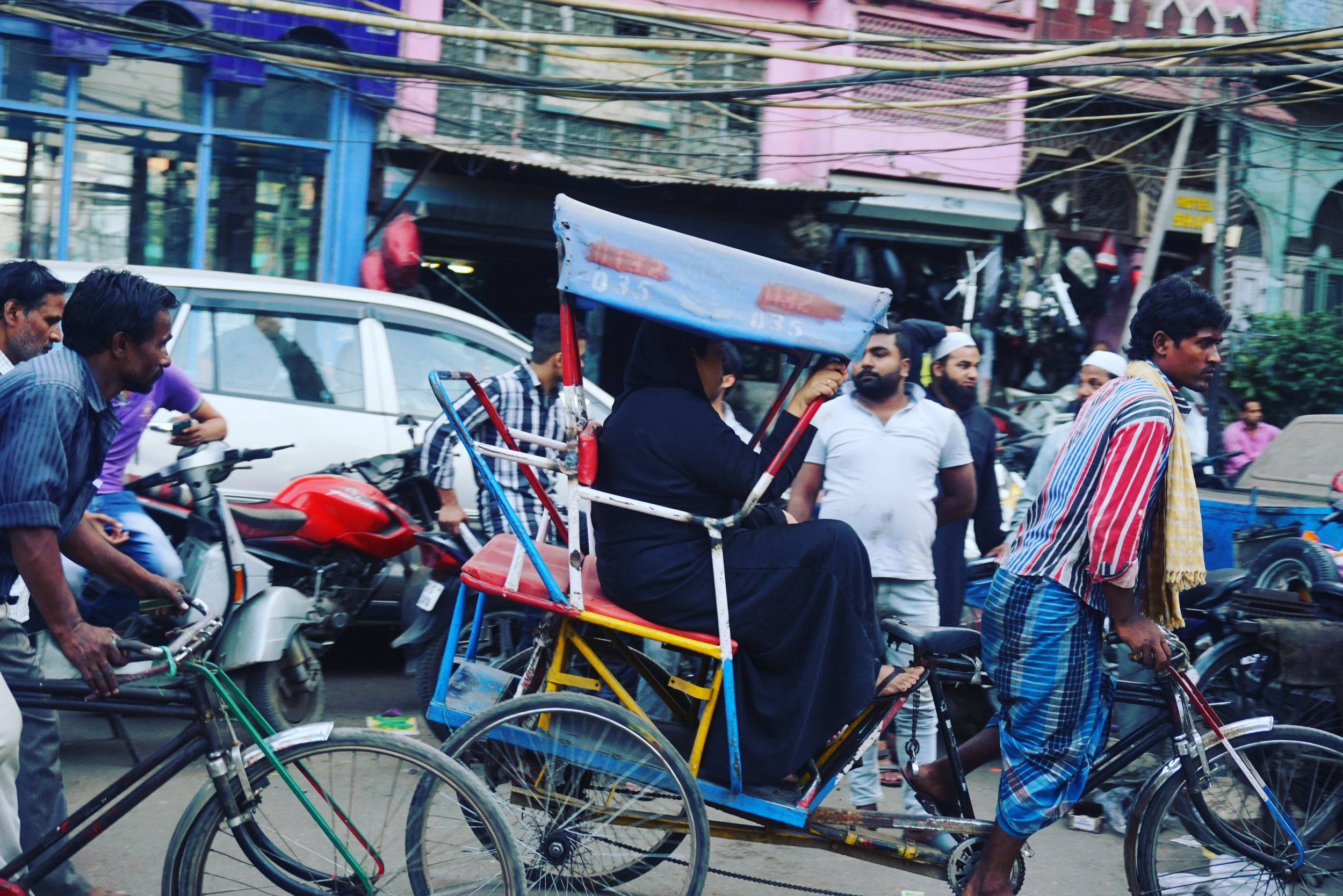
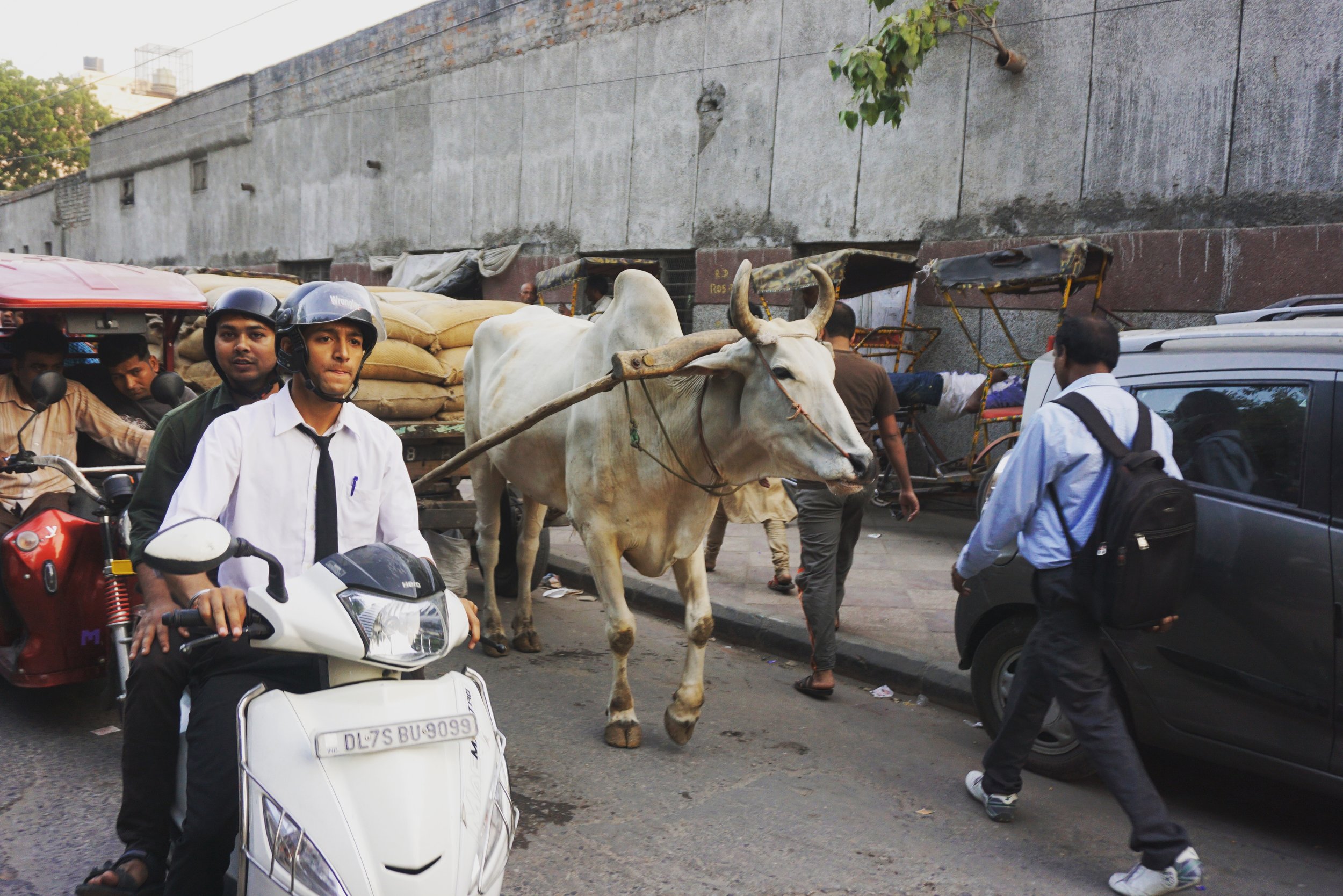
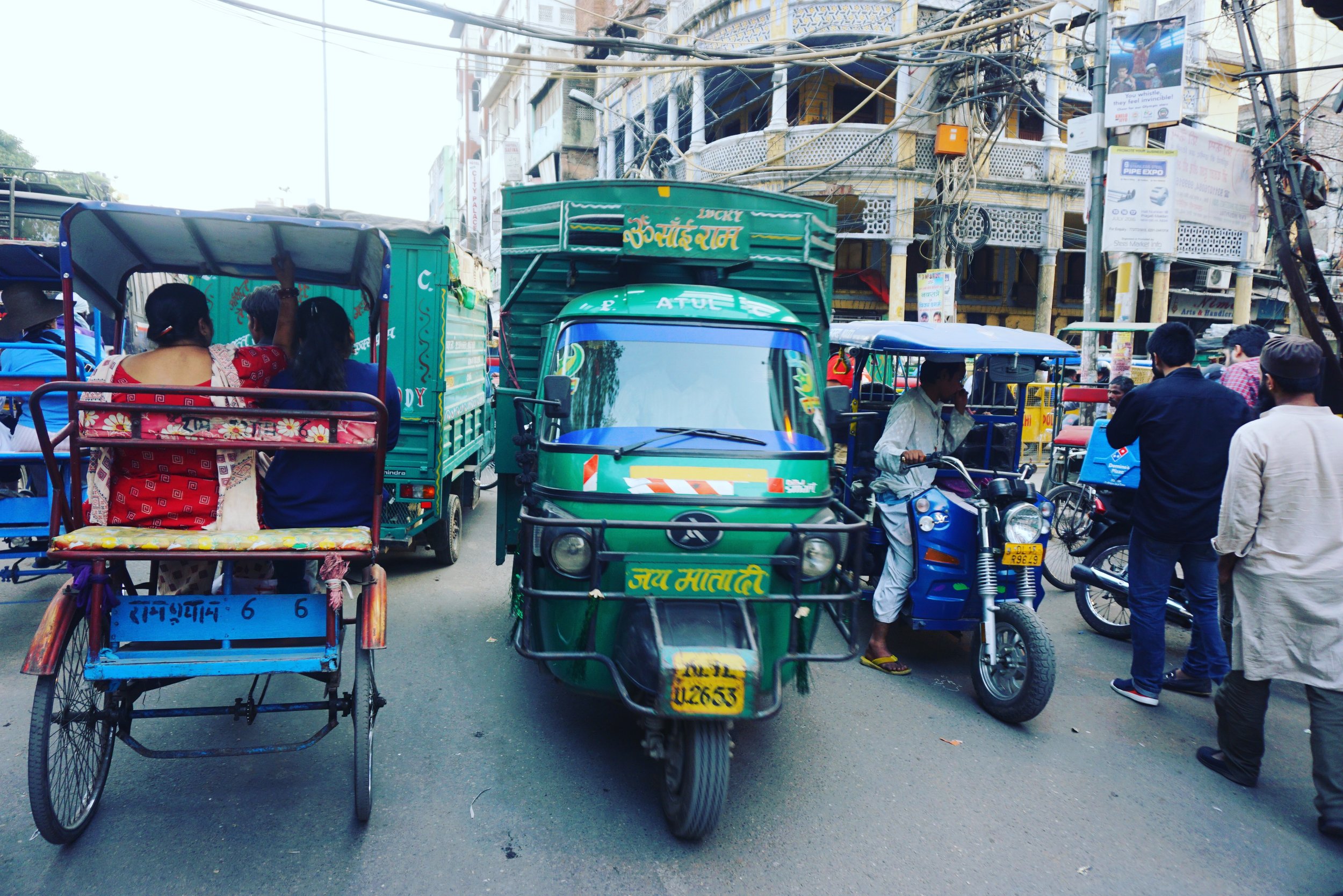
You wouldn’t want to drive in India. Yet Indian drivers and pedestrians navigate the chaos with grace. Your heart stops now and then, but on you go. I didn’t see an accident—not that India doesn’t have plenty. Neither did I see drivers or pedestrians lose their tempers. I doubt that Americans would react with the same calm and forbearance.
Indians also are merchants of the first order. In cities and villages, stores line the streets, upscale shops alongside more modest establishments. Because summers are brutally hot, Indians generally let building exteriors degrade, whether commercial or residential. We often visited high-quality shops whose plain facades concealed striking interiors.
Our hotels—all five-star—presented the same contrasts. We’d drive along a street filled with traffic, garbage and the poor to come upon a wall and then a gate. Armed security men checked under our vehicle for explosives, eyeballed us non-threatening Westerners accompanied by a licensed Indian guide and driver, saluted and opened the gate to let us in. We’d discover expansive grounds hosting a palace—usually figuratively but sometimes literally as many maharajahs have gone into the hotel business. In India, the term “gated community” takes on a whole new meaning
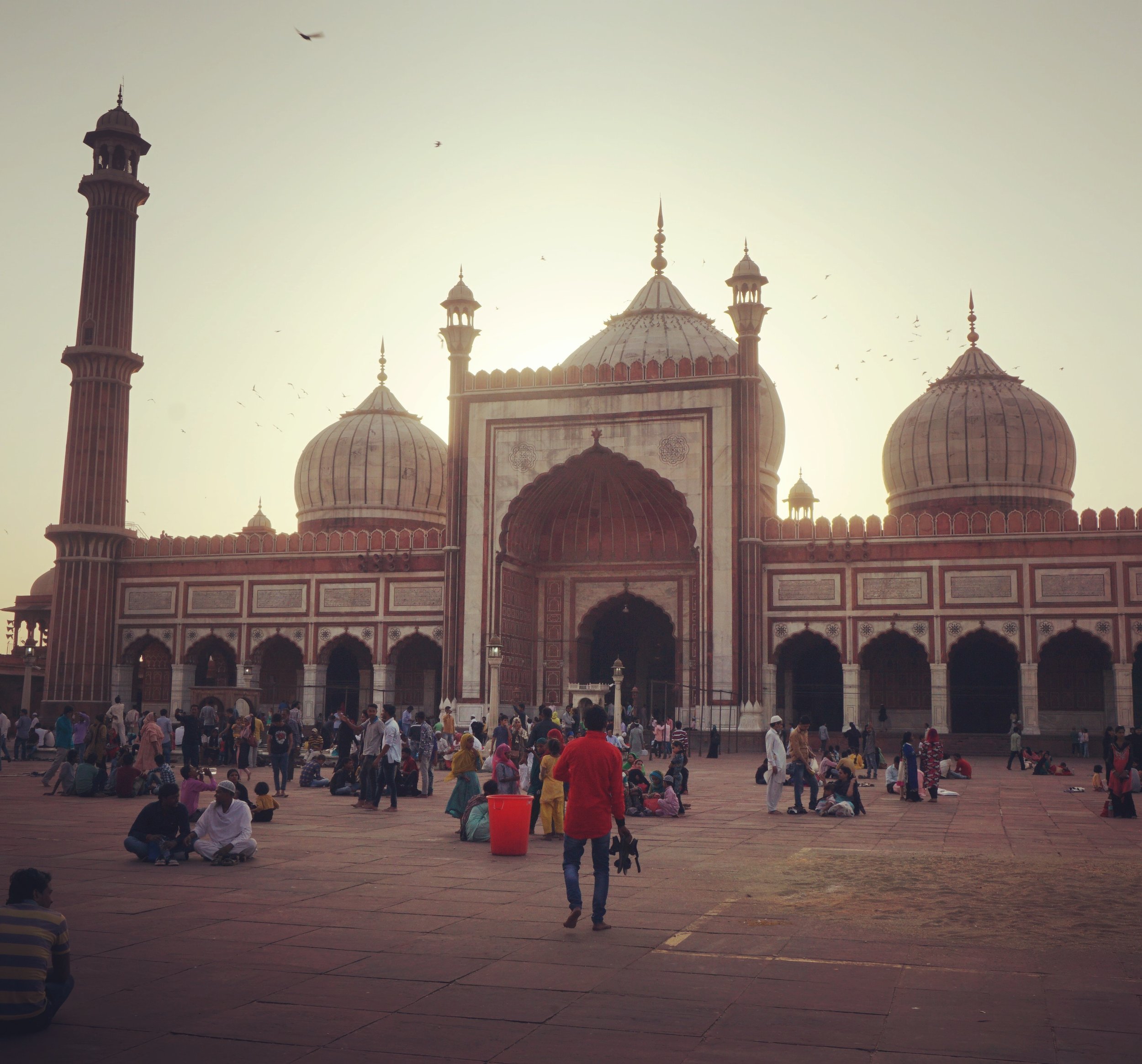
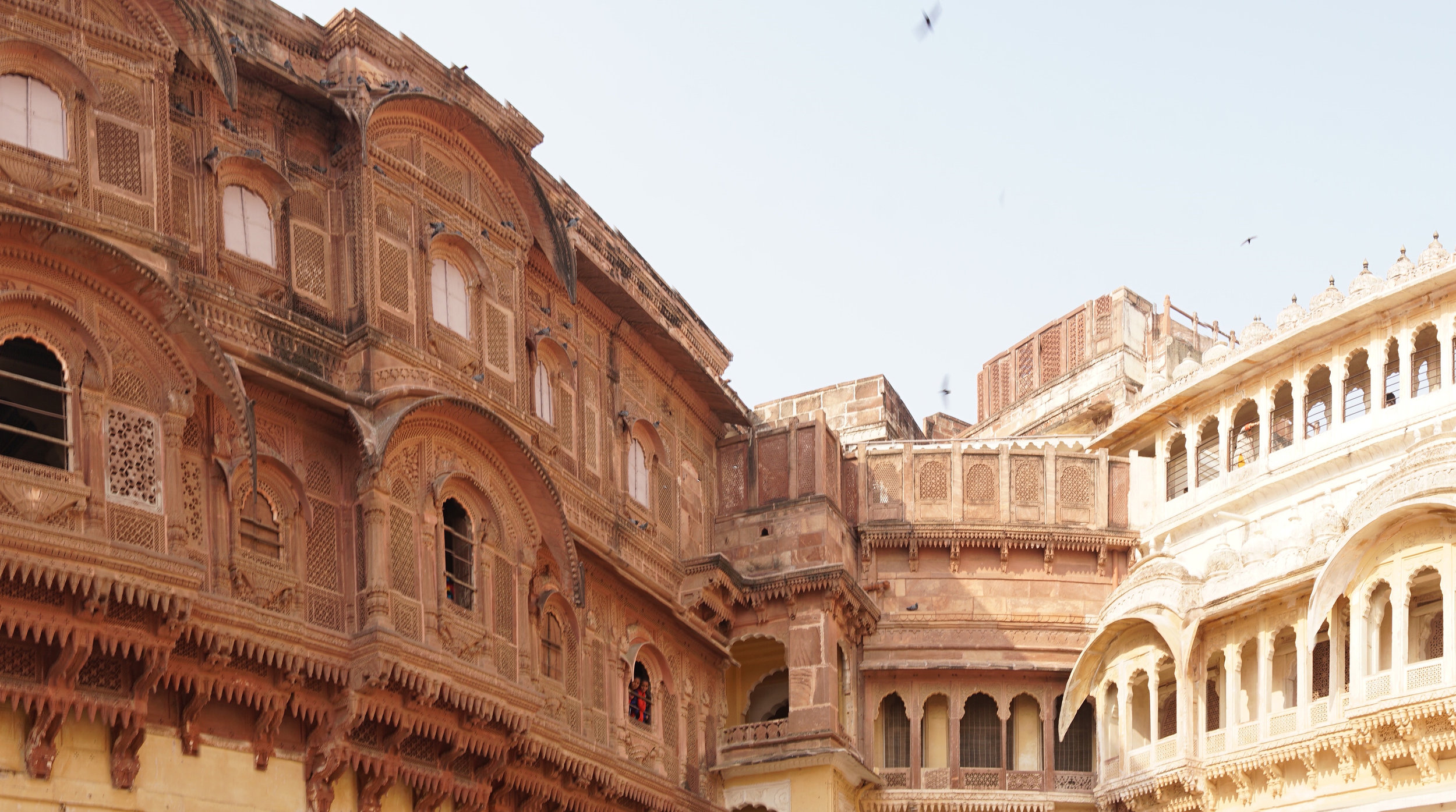
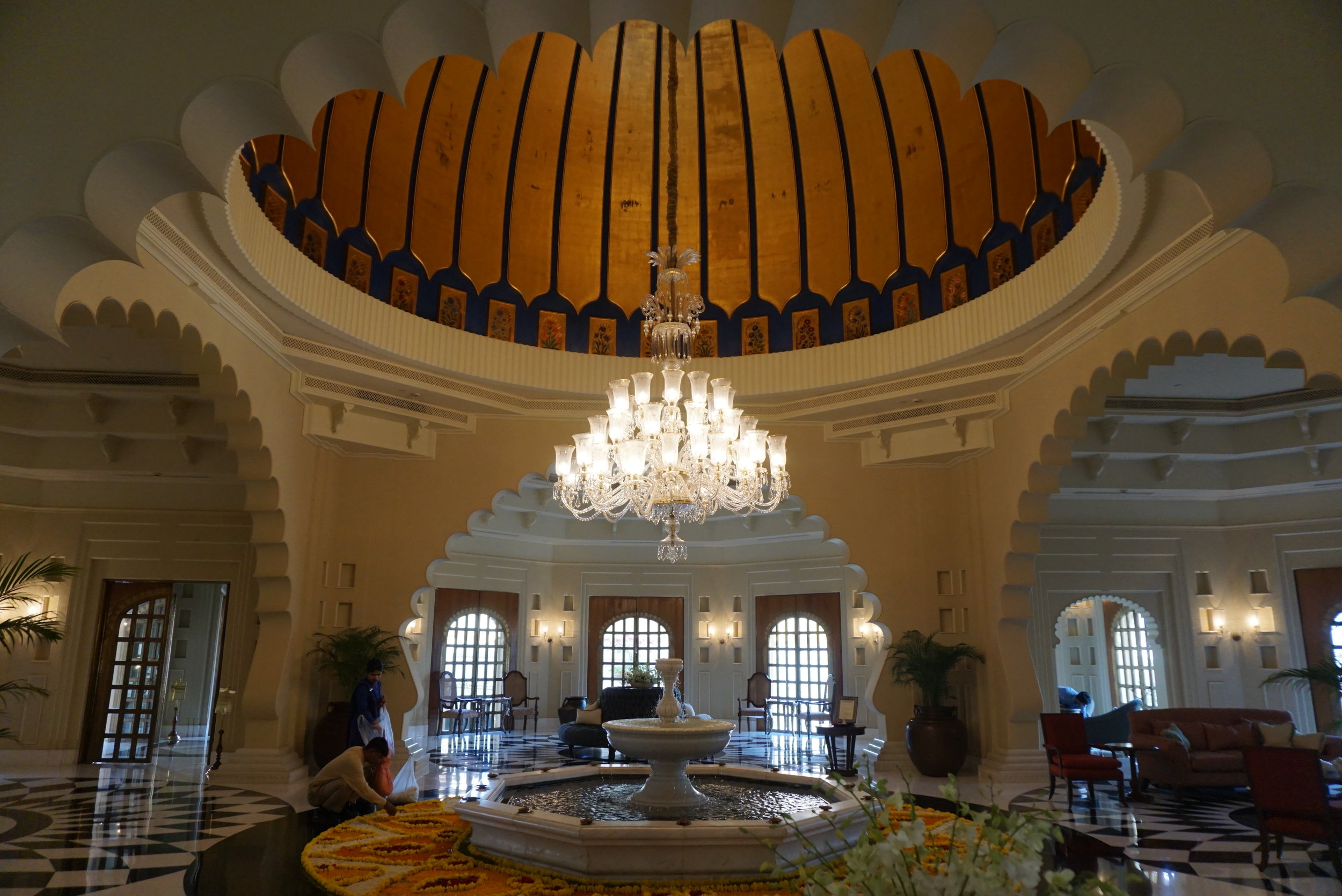
I loved the trip (if not the time devoted to shopping). The conditions in which most Indians live didn’t depress me because I understood the situation beforehand. What key impressions did I take away? Next week, I’ll offer several.
Are you a travel enthusiast? Do you want to share your unforgettable travel experiences? Well, our doors are wide open for you. We are looking for guest bloggers who have the passion of traveling and writing about their travel experiences. We can feature your work on our blog as your portfolio. Get in touch with us!
Enjoy reading my blog? Sign up for my newsletter to be a We Make Travel Easy travel insider.



